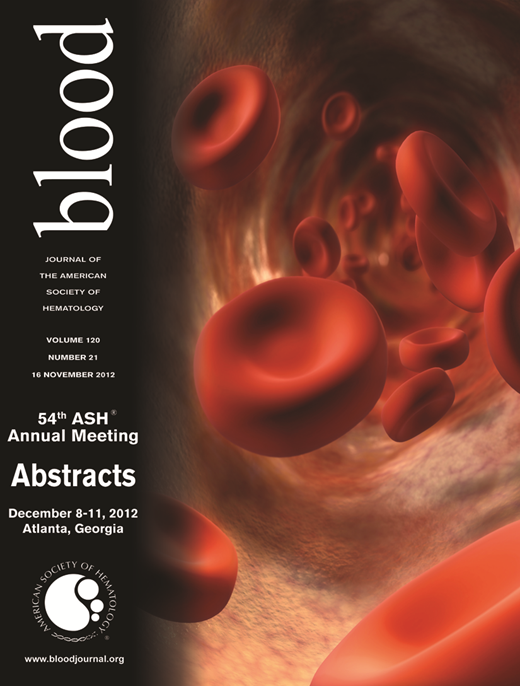Abstract
Abstract 2214
Exosite binding plays a key role in cleavage of VWF by ADAMTS13 (A Disintegrin And Metalloprotease with ThromboSpondin type 1 repeats, 13). Two exosites that are evolutionarily conserved from zebra fish to mammals have been identified in the spacer domain by sequence alignment. Previous studies have shown that exosite 3 in the spacer domain plays a critical role for substrate recognition (Blood 115:2300–10, 2010), and modification of this exosite generates ADAMTS13 variants with improved specific activity but reduced autoantibody binding (Blood 119:3836–43, 2012). In the present study, using a site-directed mutagenesis approach, we identified a novel exosite near exosite 3 in the spacer domain, termed exosite 4, a region between residues Glu634 and Arg639. A partial (ΔEx4a:deletion of Leu632-Asp635 or ΔEx4b:deletion of Arg636-Arg639) or complete deletion of the exosite (ΔEx4) significantly impaired proteolytic activity towards peptidyl VWF73 and multimeric VWF. Moreover, substitution of all surface exposed residues in Ex4A (LTED/AAAA) or Ex4b (RLPR/AAAA) with alanine had a similarly detrimental effect on proteolytic activity. Further studies demonstrated that the residues Asp635 and Arg636 in exosite 4 play a critical role for substrate recognition. We conclude that the region between residues Glu634 and Arg639 is a novel exosite necessary for recognition and cleavage of VWF.
No relevant conflicts of interest to declare.
Author notes
Asterisk with author names denotes non-ASH members.

